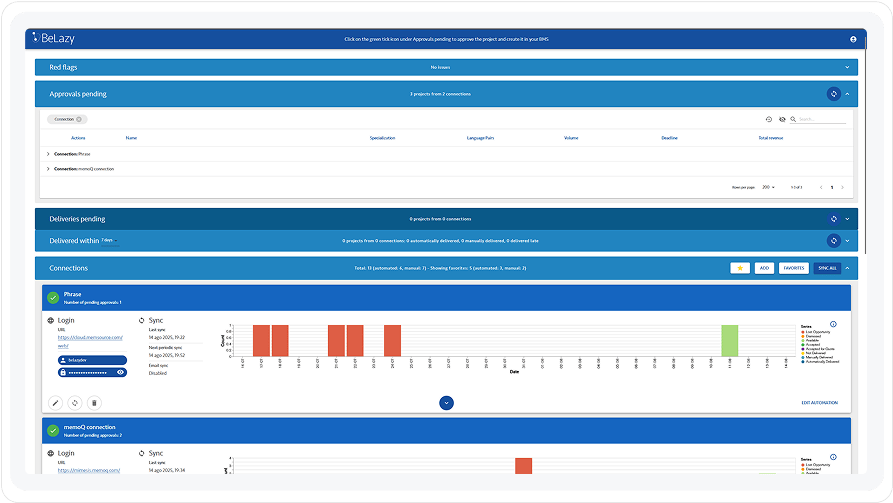

A gravity field for your translation ecosystem
Streamline localization, automate the routine
and centralize control.
Your workflow, your rules.
From project intake to delivery, Belazy adapts to your pace, scale, and rules.






Start slow, grow strong
With BeLazy, you can gradually introduce automation into your workflows: test everything before going live, keeping humans in the loop for complex scenarios. Once you’re confident, you can scale it up.
Built for any team size
Whether you’re a lean localization team or a global enterprise, BeLazy works at your scale and adapts to your workflows, not the other way around.
Don’t get lost again
Use our conditional templates, rule-based mappings, and even AI parsing. Instructions adapt automatically per client, language, or workflow—so nothing gets lost in translation.
Metadata driven
For every automation decision BeLazy uses clear, harmonized and structured data. Shift decisions earlier in the process, create simpler flows (predictable and flexible at the same time), and keep all projects under your control.
A safety vault on Pandora’s box
The BeLazy platform monitors every task and lets you keep control by flagging exceptions before they even escalate. You just step in when it counts.
Never miss a project
The microservices-based platform ensures 99.9% uptime, meaning automation never sleeps—even when your team does. Run 24/7, distribute load globally, and grow without increasing your headcount.

Start slow, grow strong
With BeLazy, you can gradually introduce automation into your workflows: test everything before going live, keeping humans in the loop for complex scenarios. Once you’re confident, you can scale it up.

Built for any team size
Whether you’re a lean localization team or a global enterprise, BeLazy works at your scale and adapts to your workflows, not the other way around.

Don’t get lost again
Use our conditional templates, rule-based mappings, and even AI parsing. Instructions adapt automatically per client, language, or workflow—so nothing gets lost in translation.

Metadata driven
For every automation decision BeLazy uses clear, harmonized and structured data. Shift decisions earlier in the process, create simpler flows (predictable and flexible at the same time), and keep all projects under your control.

A safety vault on Pandora’s box
The BeLazy platform monitors every task and lets you keep control by flagging exceptions before they even escalate. You just step in when it counts.

Never miss a project
The microservices-based platform ensures 99.9% uptime, meaning automation never sleeps—even when your team does. Run 24/7, distribute load globally, and grow without increasing your headcount.
Single dashboard
Stop jumping from one platform to another! BeLazy gets all the task sources (content and translation management systems, emails, vendor portals, customer portals and more) into a unified dashboard. Now your team can keep an eye on everything that matters: projects, workload tracking, exceptions, vendor issues and more!
- Did you know there is more than one way to capitalize your systems' data?


All your tools.
One control center.
Don’t force-fit all your processes into one tool, just find one place to make them work together. BeLazy syncs all platforms, connects APIs, moves files, and gives you one view to rule them all.
AI enrichment
BeLazy makes artificial intelligence usable, practical, and visible in your daily work!
Artificial intelligence has great potential, but turning that potential into impact is hard, especially in localization operations.
NEW
End the copy-paste nightmare
No more bouncing between platforms—just one seamless workspace.
BeLazy centralizes your entire ecosystem—translation, business and content management systems, vendor portals, and more—into one cohesive interface. Zero copy-paste.
Files & data between systems
Downloading files from email? That’s so 2015!
Your team wastes time constantly saving files to the desktop just to upload them again somewhere else? BeLazy automates file transfers between systems (even email!), so you never have to touch them.
For example, when a client sends 100 files via email, BeLazy can extract, categorize, and upload it to the right job in your business management system—no manual steps, no delays.
The ultimate translation API
At BeLazy, we’ve built what we like to call “One API to rule them all.” It lets you plug directly into the APIs of major translation and business management systems, vendor portals, CRMs, and more.
The BeLazy API is production-ready, vendor-agnostic, and built for cost tracking, scale, and reliability. This isn’t a prototype: connect every internal system, orchestration tool, and custom portal, remove the need for fragile one-off integrations and centralizing data and operations into a single, secure hub.
Integrations
Your clients are connected. Are you?
BeLazy not only integrates with the platforms you already use, it also integrates with the ones your clients use too. Translation, business and content management systems, vendor portals and task managers: it’s all connected.
Curious on how to AI your workflow?
Think APIs are the final frontier?
Designed for Localization Reality
Whether it’s multilingual content systems or client-specific workflows, we shape automation around your tools, your teams, and modern industry practices.

Your workflows
A workflow is simply a sequence of connected steps, from content intake to delivery.
Whether you receive some quote request via email, a new content management system export, or a task from a translation management system, BeLazy connects your stack and your client’s stack, and makes it work together:
Metadata In → Automation Out
- Extract the right files and the metadata
- Route them to the appropriate translation and business management system projects
- Assign and monitor linguists
- Launch machine translation or quality assurance steps
Business-Logic-Powered
- Include custom AI operations at any step
- Return the final delivery to the original platform
- Get those insightful and actionable reports you need
Metadata In → Automation Out
- Extract the right files and the metadata
- Route them to the appropriate translation and business management system projects
- Assign and monitor linguists
- Launch machine translation or quality assurance steps
Business-Logic-Powered
- Include custom AI operations at any step
- Return the final delivery to the original platform
- Get those insightful and actionable reports you need


Our systems
If your tech stack runs on it, BeLazy probably connects to them.
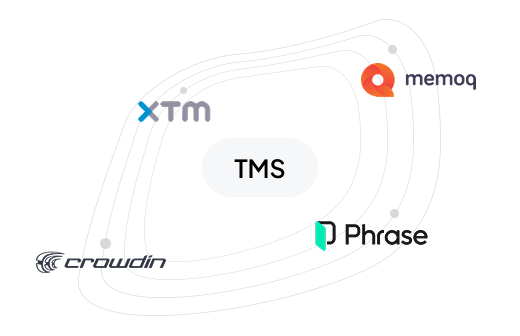



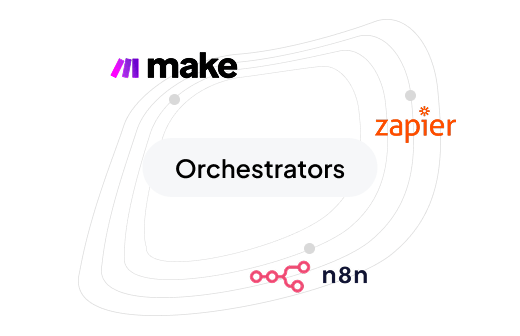

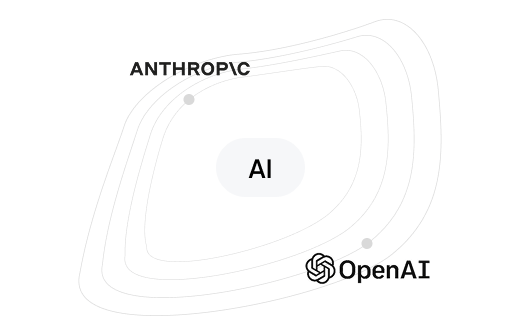
Made with experience, not just intuition

István Lengyel
Chief Executive Officer

Miklos Urban
Chief Strategy Officer

Marton Hunek
Head of Business Strategy

Federico Stiefel
Business Automation Consultant

Julian Gauna
Marketing Manager

Ester Griera
Business Development Manager
LangOps dedicated solutions
BeLazy wasn’t built in a vacuum. Every feature we’ve launched—email assistant, Chrome extension, automation APIs, or our unique reporting engine—comes from real localization pain points we’ve lived through.
Need something specific? Whatever your tech stack looks like, BeLazy fits in.

Support throughout deployment

With BeLazy, you don’t have to “learn to drive” your automation. We’re not selling you a car—we’re the taxi. From the moment you decide to automate, our team works side by side with yours to define workflows, configure systems, and make sure everything runs smoothly.
You focus on your destination—we’ll get you there, no license required.

Out-of-box is just the beginning
With BeLazy, you don’t have to “learn to drive” your automation. We’re not selling you a car—we’re the taxi. From the moment you decide to automate, our team works side by side with yours to define workflows, configure systems, and make sure everything runs smoothly.
We know how LangOps work, where the inefficiencies pile up, and how hard it is to get visibility across tools. That’s why our platform is not just functional—but contextual. Built for real teams, real workflows, and next-gen challenges.

75 years of joint experience at your fingertips



Track costs and visualize operations
With BeLazy Reports now you have the time –and the budget– to find out.
Own your data
BeLazy works on data, and knows how important it is to build any trustable system. That’s why we want you to take ownership of your data by uncovering blind spots and bottlenecks in your translation workflows. We help you highlight where automation can save the most time and money.

Actionable data
With BeLazy Reports, you don’t just see data—you use it. Export tables directly as CSV or push them into Power BI, Tableau, or Excel to power recurring dashboards.
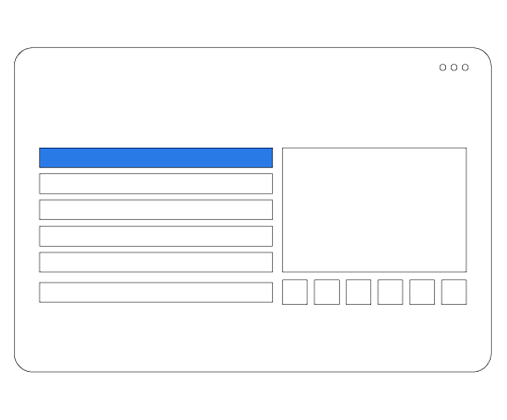
Get it scheduled
Want to automatically schedule a weekly report? You can pull data from BeLazy Reports, refresh a Power BI dataset, and send insights to stakeholders—no manual clicks needed.
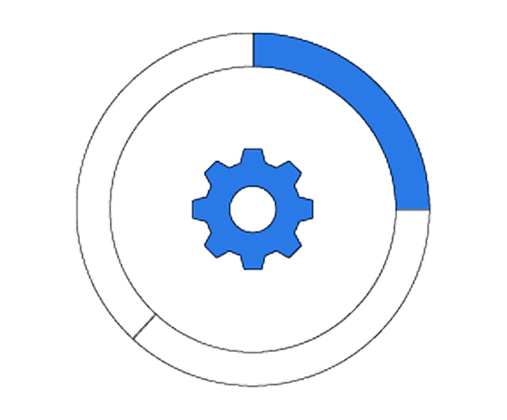
Detailed insights
Our platform captures and organizes every data across your workflows, turning fragmented projects into various structured insights. This means your team can spot trends, benchmark vendor performance, and track automation ROI—all from systems you already use.

Own your data
BeLazy works on data, and knows how important it is to build any trustable system. That’s why we want you to take ownership of your data by uncovering blind spots and bottlenecks in your translation workflows. We help you highlight where automation can save the most time and money.

Actionable data
With BeLazy Reports, you don’t just see data—you use it. Export tables directly as CSV or push them into Power BI, Tableau, or Excel to power recurring dashboards.

Get it scheduled
Want to automatically schedule a weekly report? You can pull data from BeLazy Reports, refresh a Power BI dataset, and send insights to stakeholders—no manual clicks needed.

Detailed insights
Our platform captures and organizes every data across your workflows, turning fragmented projects into various structured insights. This means your team can spot trends, benchmark vendor performance, and track automation ROI—all from systems you already use.

